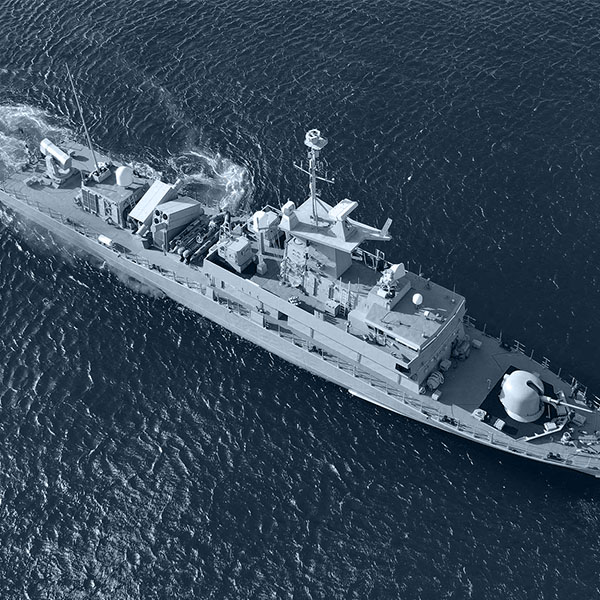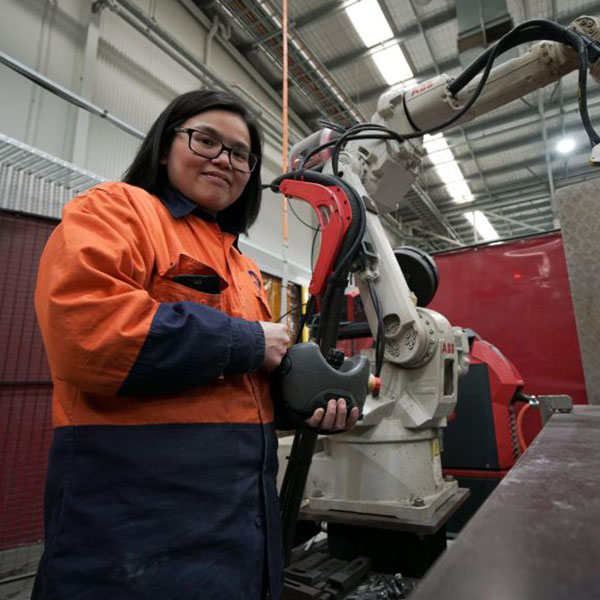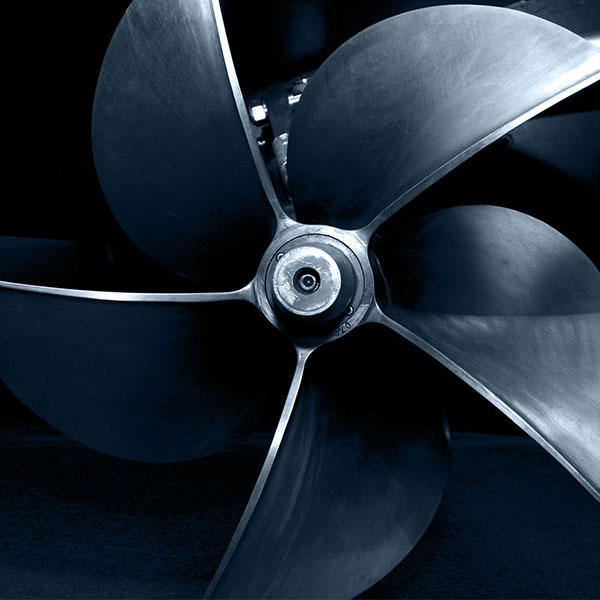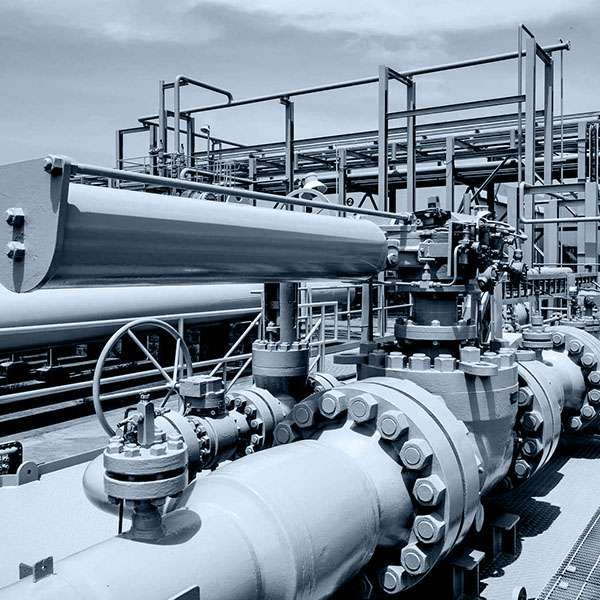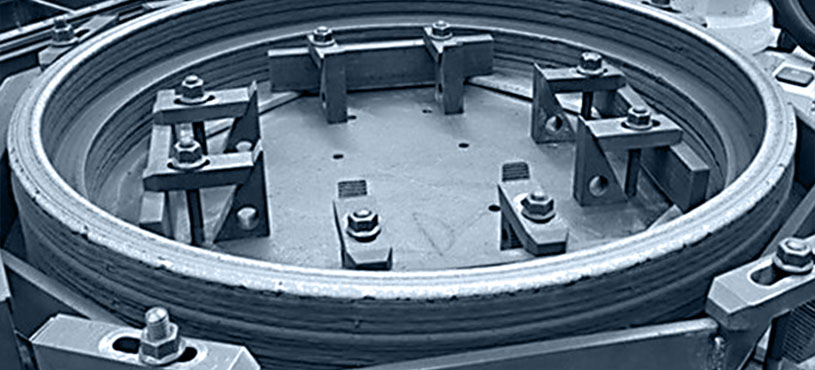
| Lead Time | |
|---|---|
| Traditional Manufacturing | 16+ weeks |
| AML3D WAM® | 6 hours |
| Savings | 99% |
Wire Additive Manufacturing – WAM® – allows for higher quality, scaleable part production by replacing traditional casting and forging methods.
Significantly Improve Lead-Time
Integrating new manufacturing technologies like WAM® can significantly improve the resource sectors’ lead times for large-scale and exotic material parts.
AML3D’s ARCEMY® industrial metal 3D printer, which uses a patented Wire Additive Manufacturing (WAM®) process, can minimise lead time to weeks, not months, or sometimes years, as experienced with traditional Manufacturing. This means less downtime for scheduled or unscheduled maintenance and eliminates the need for costly lay-down areas or long-term care of casting moulds.
Due to costs incurred by equipment part failure and stops in facility production often running high, paired with the requirement to replace broken components and transport parts for repair to remote areas, operations may hold excess inventory. This approach significantly inflates working capital and augments operational costs. Wire Additive Manufacturing (WAM®) and ARCEMY® can offset this inventory cost for asset owners by balancing the need for spare parts with just-in-time, on-demand production for broken or worn parts.
Manufacturing to API 20s
MANUFACTURING TO API 20S — Additively Manufactured Metallic Components for Use in the Petroleum and Natural Gas Industries.
Contract manufactured parts produced at AML3D’s Lloyd’s Registered certified additive manufacturing facility adhere to a range of industry standards. When producing metal components, we comply with the globally accepted American Welding Society Standard Specification for Fabrication of Metal Components using Additive Manufacturing AWS D20.1/D20.1M:2019 under the criticality classifications of Class A, B and C.
The release of the first edition of API Standard 20S has paved the way for emerging manufacturing methods, such as AML3D’s WAM®, to supply the sector with parts that incorporate technology and industry 4.0 to fabricate quicker and more sustainably than the traditional approach of casting and billet machining.
Depending on the part, we will also incorporate qualification to the industry standard, as seen in AML3D’s world first and largest 100% metal 3D printed and verified pipe spool for the high-pressure industry. Not only was this 940 kg monocoque pipe spool metal 3D printed in accordance with API 20S; it was compliant and passed acceptance testing for ASME B31.3. A requirement for piping is typically found in high-pressure environments such as petroleum, gas, chemical and related processing plants and terminals.
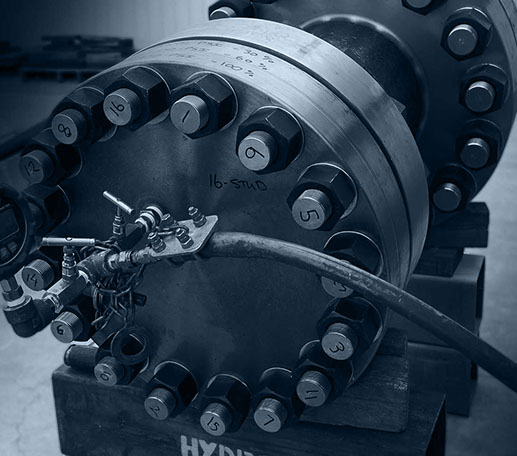
Hydrostatic testing of AML3D’s WAM® DN400- DN300 in compliance with ASME B31.3, verified by Lloyd’s Register.

| Subtractive | WAM® | |
|---|---|---|
| Raw Material (kg) | 462 | 50 |
| Machined Material (kg) | 440 | 28 |
| Finished Part (kg) | 22 | 22 |
| Finished Part (kg) | 22 | 22 |
| Machining Time * (hr) | 97 | 6 |
| Arc On Time (hr) | – | 17 |
| Material Waste Savings | 95% |
Not only does this propeller feature 95% material waste savings when compared to billet machining, it can be made 76% quicker.
De-carbonising Part Manufacture And Part Supply Chain
Understanding the complexity of industry standards is only part of the problem that we solve for our customers. Net zero, or reaching for carbon neutrality in the hydrocarbon and energy sector, is one of the world’s most important challenges. AML3D can help!
Many operations are looking at achieving net zero emissions from activities that are under their control. But those who truly want to make an impact understand that it’s not just assessing and improving the existing value chain; it is also doing the same for supply chain providers. There is no single solution, but instead, there are multiple solutions that require changes from consumers to governments to businesses. The approach to carbon neutrality may also see larger organisations encouraging and supporting smaller suppliers to their net zero journeys.
Using Wire Additive Manufactured parts for supply lowers carbon footprint and emissions. The WAM® process reduces carbon intensity by printing using wire feedstock in a near-net shape fashion, producing significantly less material waste when compared to billet machining. The carbon footprint of metal 3D printing components using WAM® is also considerably less when compared to traditional casting and forging manufacturing methods.
Improve Your Part Supply Chain
Industry Case Studies
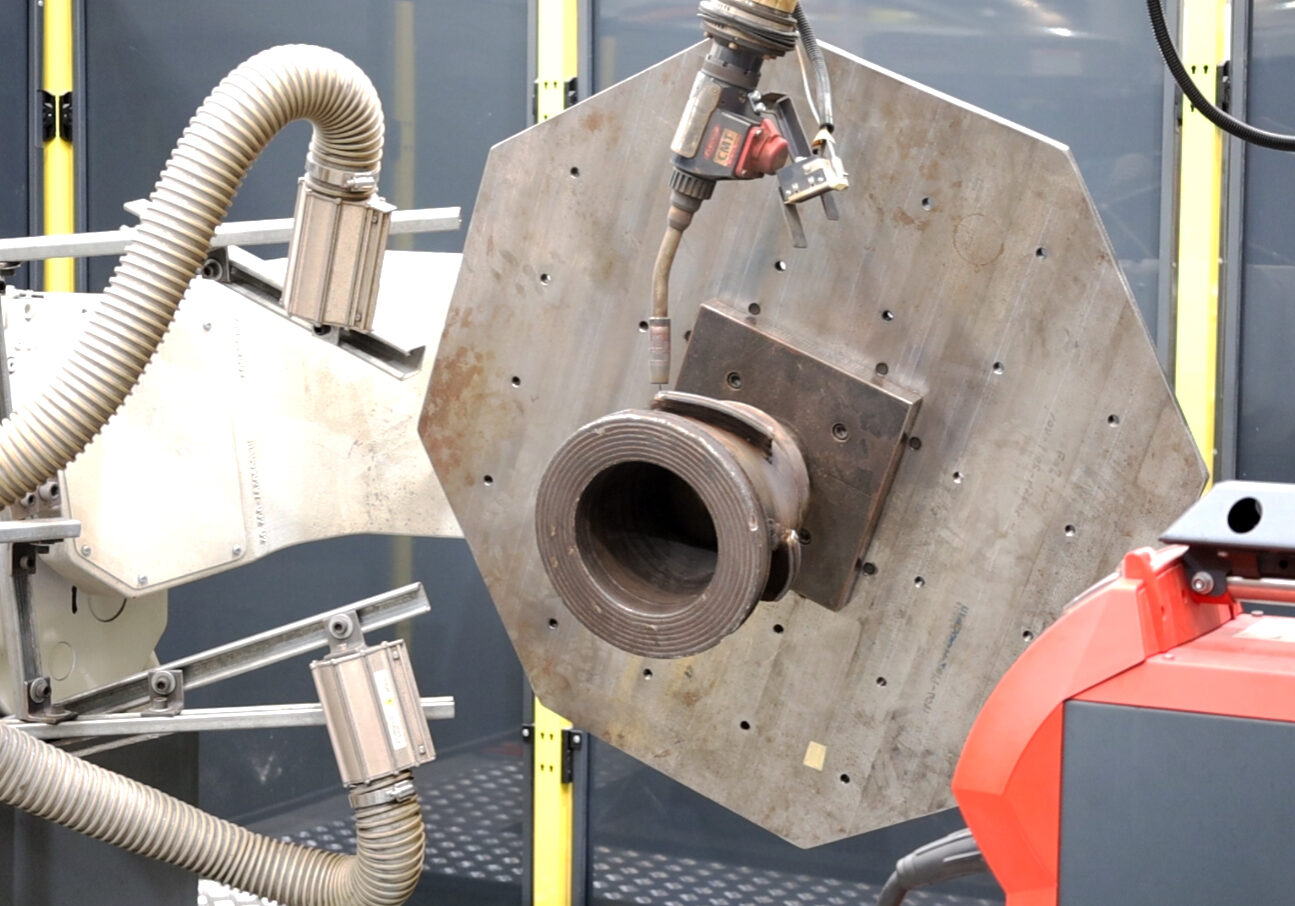
AML3D WAM® Propeller
Demonstrating ARCEMY® and Wire Additive Manufacturing’s capability to reduce metal part production times when compared to traditional manufacturing methods, AML3D’s case study CAD to Part in 24 hours showcases the transformative potential of WAM from design to production to post-production treatment.

AML3D WAM® Pipe Spool
Leveraging advanced CAD design and precise control over the wire additive manufacturing process, AML3D successfully fabricated a complex, schedule 160 concentric reducer for the high-pressure industry. The verification of this part helps to demonstrate the technology, its structural integrity, reliability, and capability for large-scale industrial applications.



